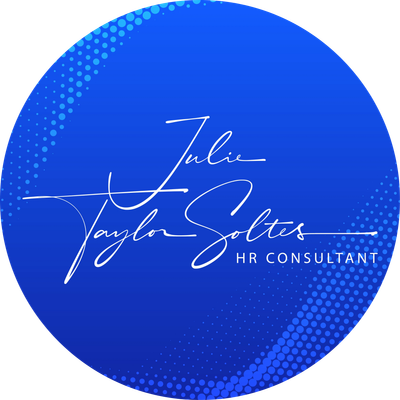Burnout Isn’t About Resilience — It’s About Bad Leadership

It’s 11:47 PM. You’re answering “just one more” email from your boss. Your laptop hums, your phone buzzes, and tomorrow’s 8:00 AM meeting already looms over you. You tell yourself you just need to be more resilient. Stronger. Tougher. But here’s the truth: burnout doesn’t come from weak employees — it comes from weak leadership.
Burnout ≠ Weakness
The World Health Organization defines burnout as a syndrome resulting from chronic workplace stress that has not been successfully managed. Notice the key phrase: “not successfully managed.” Yet for years, companies have sold “resilience” as the cure. Meditation apps, resilience workshops, “mental health days” — they’re well-meaning, but they don’t address the cause. Instead, they subtly suggest: the problem is you, not the system you’re working in.
“Telling employees to ‘toughen up’ is like handing them a bucket in a sinking boat.”
Burnout is not about employees being fragile. It’s about organizations allowing — and even rewarding — unsustainable practices.
The Real Culprit: Leadership Behaviors
Gallup research shows that the manager alone accounts for 70% of the variance in team engagement. In other words: leadership matters more than anything else when it comes to employee well-being. Here’s how leadership drives burnout:
🚩 Unrealistic Workloads
When leaders load employees with more tasks than time allows — without prioritization — it’s not a “stretch goal.” It’s a recipe for exhaustion. High achievers burn out fastest because they keep saying yes until they collapse.
🚩 Lack of Clarity
One week’s priorities don’t match the next. Metrics shift. Success is never clearly defined. Employees are left running on a treadmill with no finish line, which is mentally draining and demoralizing.
🚩 Modeling Overwork
Leaders who send midnight emails, celebrate “always-on” employees, or equate loyalty with long hours create toxic norms. Teams feel they must match the leader’s pace — even if it’s unsustainable.
🚩 Failure to Support
When employees raise concerns but leaders ignore them, it creates a culture of silence. People stop asking for help and start quietly disengaging — until they either burn out or leave.
The Hidden Cost of Burnout
Burnout isn’t just about tired employees. It’s about broken organizations.
- Productivity Loss: Burned out employees are 63% more likely to take sick days.
- Turnover Risk: They are 2.6x more likely to be actively job hunting.
- Culture Damage: When people see colleagues collapse under pressure, trust in leadership erodes.
The financial toll is massive — burnout costs U.S. companies an estimated $190 billion a year in healthcare spending alone.
From Band-Aids to Real Change
Preventing burnout requires leaders to stop outsourcing the solution to “resilience” and start taking responsibility for how they lead.
✅ What Real Leadership Looks Like
- Setting Boundaries: Leaders who log off, respect vacations, and encourage true downtime send the message: your well-being matters.
- Prioritizing Clearly: Instead of dumping everything on the team, strong leaders make tough choices about what actually matters.
- Listening and Responding: Leaders who act on feedback (instead of dismissing it) show that employee voices matter.
- Rewarding Results, Not Exhaustion: Recognizing impact, not hours worked, breaks the toxic cycle of “who stayed latest wins.”
- Creating Psychological Safety: When employees feel safe to say “I’m at capacity” without punishment, burnout prevention becomes a shared responsibility.
What Employees Really Need
Most employees don’t want perks. They want leaders who:
- Respect their time.
- Give them clarity.
- Provide resources.
- Recognize their contributions fairly.
Ironically, that’s also what drives high performance. Burnout prevention and productivity are not opposites — they’re the same strategy.
The Bottom Line
Employees don’t burn out because they lack resilience. They burn out because they’re asked to endure unsustainable environments. If organizations want truly high-performing teams, they must stop treating burnout as an individual weakness and start addressing the leadership behaviors that cause it.
Burnout isn’t a resilience problem. It’s a leadership problem.
Ready to Tackle Burnout at the Source?
At JTS HR Consulting, we help organizations build leaders who inspire clarity, set healthy boundaries, and create sustainable high-performance cultures.👉 Connect with us today and let’s talk about how to stop burnout before it starts.
